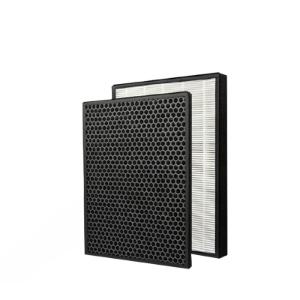source:other news release time:2023-09-23 Hits: Popular:led screen wholesaler

Uniformity correction can be summarized as factory correction, maintenance correction, service area correction, and on-site correction. From the current market demand analysis, the necessity of on-site calibration is becoming increasingly prominent.
Generally speaking, when the LED display screen runs for a certain period of time, all LED light emitting tubes will experience brightness attenuation, and the attenuation curves of the three primary color tubes are inconsistent. Therefore, their brightness will also decrease compared to the brightness before leaving the factory. However, the differences in the photoelectric characteristics of each LED light emitting tube result in a deviation in the degree of brightness decrease. So, when the display screen is used for a period of time, the light emitting tube will experience varying degrees of brightness attenuation, causing uneven display between pixels, resulting in a grainy display state or overall brightness decrease compared to the original factory screen. The inconsistent attenuation curve of the three primary color tubes causes changes in white balance, color temperature, etc.
In fact, due to the attenuation of LED light emitting tubes and changes in environmental temperature and other factors, it is almost inevitable that the performance of very excellent display screens will deteriorate when leaving the factory. It is not feasible to disassemble and transport the installed LED display screen back to the factory for calibration in engineering. Given these characteristics, display screen manufacturers must undergo on-site calibration to ensure that the display effect at the factory is maintained throughout the entire lifecycle of the display screen. Several on-site calibration methods:
(1) Correction method based on LED running time
This is an early on-site calibration method that calibrates the display screen based on tracking and recording the running time of each LED module. By roughly calculating the working time of each LED, measuring their respective average brightness attenuation, estimating different correction levels, and then sending them to each LED module for corresponding adjustments. This method does not require any manual input. However, this method overlooks an important issue, as the LED attenuation frequency estimated by running time is not suitable for each LED. As the operating time increases, the amplitude range of LED attenuation frequency also increases. The correction carried out on an average basis makes some LEDs close to the correction level, but it also causes another part of LEDs to deviate more. Due to the varying brightness levels among various modules and the lack of effective methods to adjust these brightness mismatched modules, adjusting the uniformity between modules with different running times can cause a series of problems, and most importantly, this method cannot achieve pixel to pixel calibration. So, after this correction, the overall impression of the display screen shows a mosaic phenomenon, which cannot effectively improve the uniformity of the later stage display screen.
(2) Onsite based consistency correction method
In order to completely improve the uniformity of display screen display, it is necessary to use dedicated collection equipment to quickly and accurately collect the light color information of each pixel of the LED display screen on site. Relevant algorithms are used to compensate for the actual attenuation degree of each LED light emitting tube, thus achieving true consistency correction. Even for LED modules running at different times, pixel level calibration can be achieved. After calibration, the display screen has been restored to its uniform display effect just before leaving the factory.
There is a significant difference between the on-site environment and the factory environment. There are still many technical challenges to be solved in order to quickly and accurately collect and correct the color information of millions of LED light emitting tubes on the LED display screen, as well as to repair the LED display screen in the future.
Read recommendations:
led display panel module manufacture
p5 outdoor led screen.What is the difference between LCD splicing screens and LCD displays
Method for correcting the uniformity of LED display screens in the later stage.p2.5 led screen